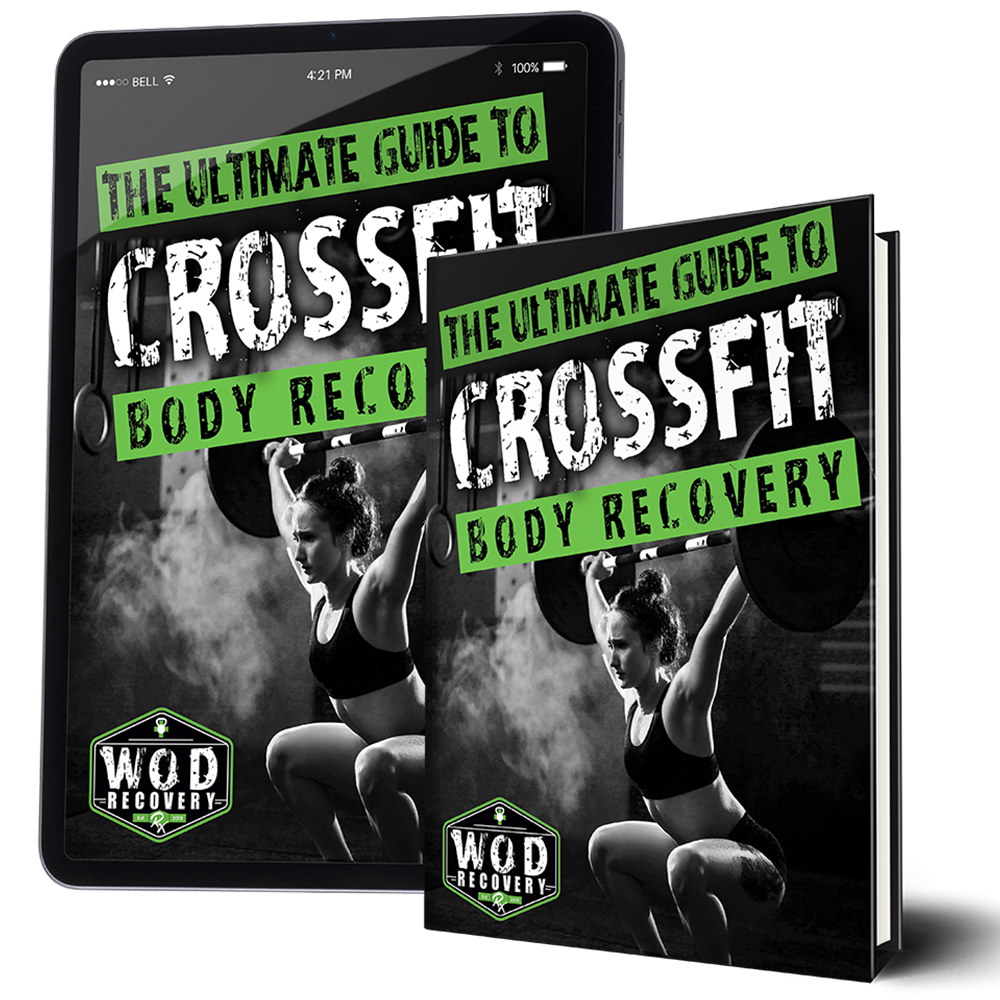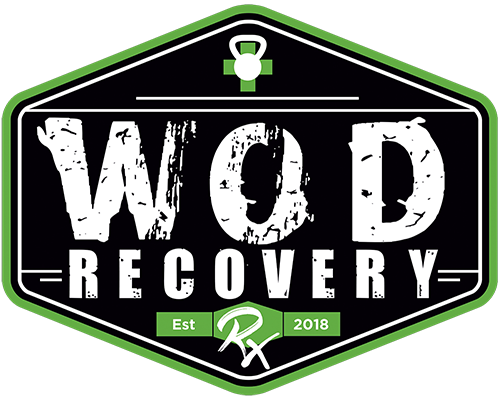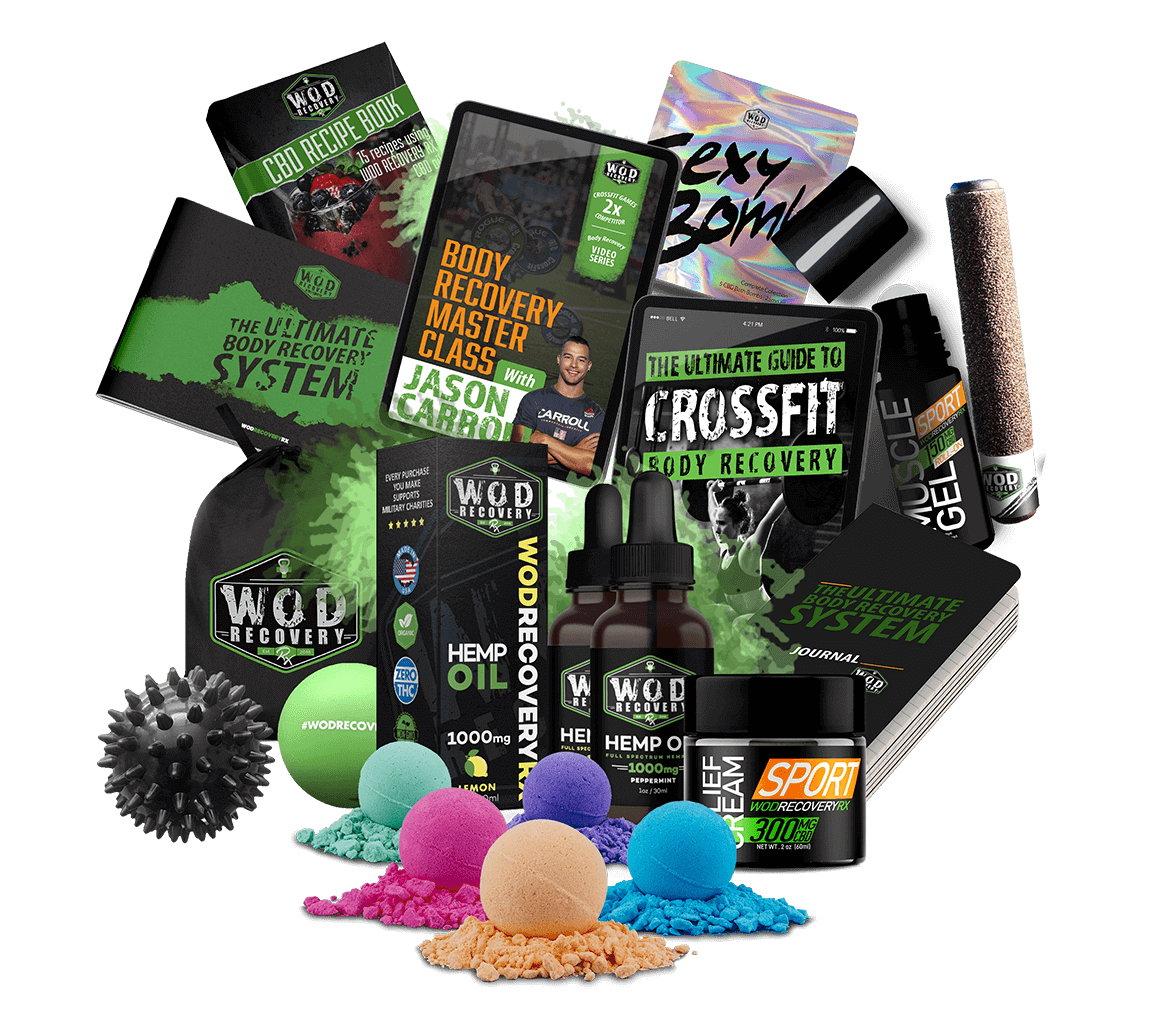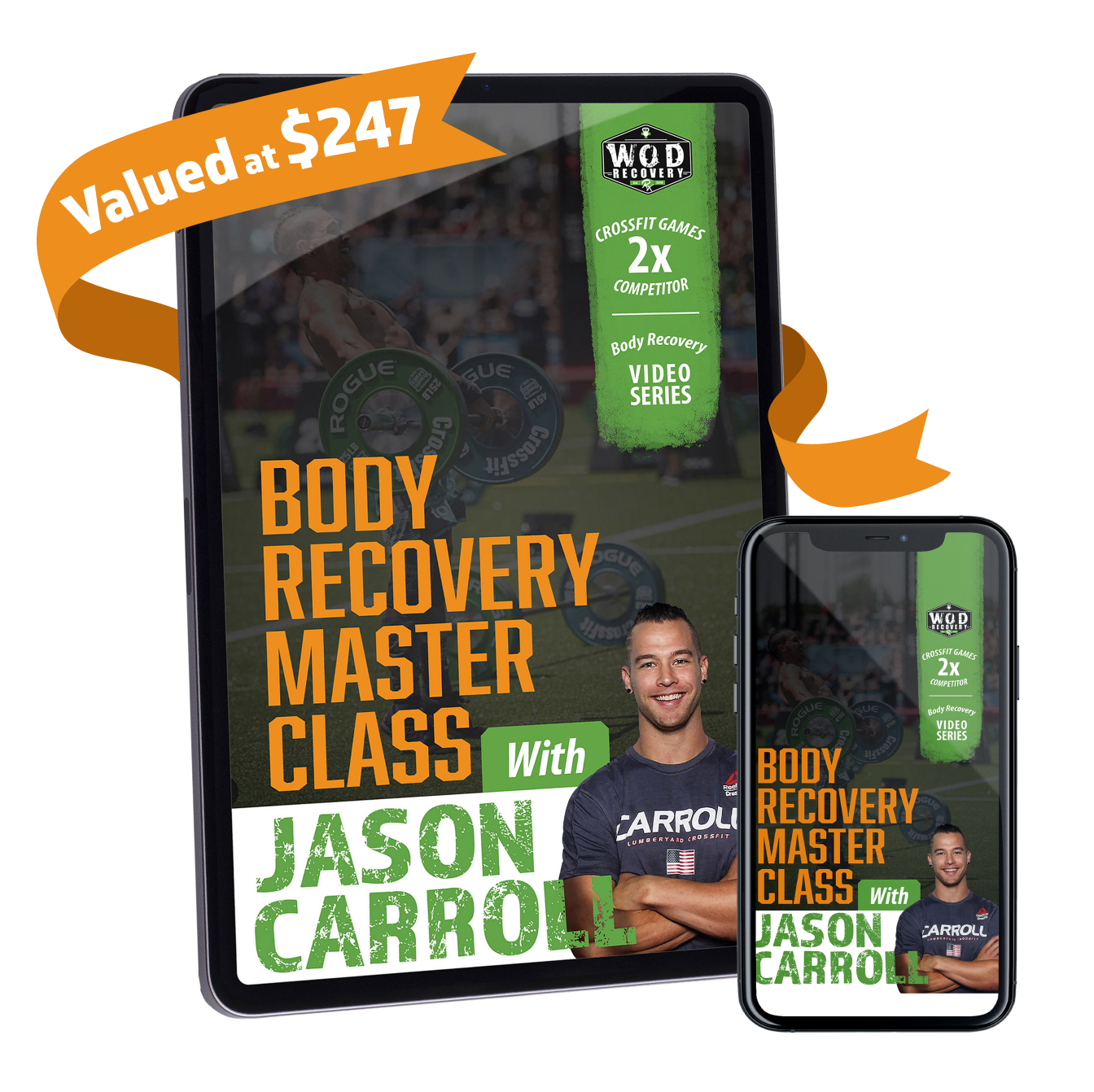8 RULES FOR GAINING MUSCLE
We love muscles.
If you do CrossFit, odds are you spend a disproportionate amount of time thinking of muscles, looking at muscles, and wishing your muscles were even bigger and stronger.
What if we told you there were 8 rules for gaining muscle?
It’s not that us CrossFitters are cocky or vain, it is quite the opposite, in fact.
We care about muscles for their function way more than their look (which is also awesome, because who doesn’t like a good bicep and a nice pack of abs?).
Muscles are the backbone of any physical activity you can think of, and the noble sport of CrossFit is no exception.
So what exactly is important to a muscle? Do we need to feed it properly? (Yes!)
Do we need to work it regularly or risk losing it? (Yes!) Do we need to kiss it goodnight, read it a bedtime story, and tuck it in before bed every night? (No – but you can if you want to!)
For something that is so important in both our sport and our everyday lives, muscles can be an enigma.
Information both good and bad is thrown at us about what we should eat and how we should work out. The problem is, none of it sticks and most of it seems to be contradictory.
We at WOD Recovery Rx wanted to cut through the murky shadows of what is important and what is bullcrap when it comes to muscles.
Take a look at these 8 important rules for muscles.
Muscle is Lost Far More Easily Than it is Gained
Muscles are finicky when compared to your bones. If you sit around all day at a desk job – perhaps writing blog posts – and barely use your legs, your leg bones – namely the Femur, Tibia, and Fibula – all stay roughly the same size and function roughly the same.
Do the same thing and look at your leg muscles instead of your leg bones.
After weeks of sitting around, they look like they are about half the size and feel a quarter as strong.
Your muscles were once prized pistons capable of jumping over small logs in a single bound and running at speeds of nearly 12 miles per hour.
Now they are rubber bands that can barely jump over a credit card.
The Science
You can train your muscles for 6 months and lose the gains in 2 weeks. Muscle mass.
In a study done by Professor Luc van Loon of Maastricht University in 2012 using healthy, athletic subjects in their 20s, subjects were placed on strict bed rest for 7 days.
This is a length of time similar to that of recovering from illness. The study found that the subjects lost an average of 3.1 pounds of muscle mass over that time period.
What if you combined this with an actual illness and the lack of eating that comes with it?
The decline in muscle mass could jump even higher.
3.1 pounds of muscle mass may not sound like a lot. Remember, that is a number that usually takes months of work to build-up, lost in a week.
Furthermore, the study found that the lack of anabolic stimulus – breaking muscles down through using them at a high intensity – resulted in a lack of catabolic synthesis stimulation.
Catabolic synthesis is how we build muscles through the use of amino acids.
By not working out for 7 days we not only lose muscle but also lose the ability to quickly rebuild it.
Muscle growth takes months of hard work, constant attention, and good nutrition.
Muscle loss takes a few weeks of sitting around. If that doesn’t motivate you to be consistent with your workouts, then we don’t know what will.
For more information about Professor Luc van Loon, check him out here: https://www.researchgate.net/profile/Luc_Loon
Nutrition is at Least as Important as Weight Training In The Rules For Gaining Muscle
Have you ever heard the phrase “You are what you eat?”
Probably, right? Probably 100 times as a kid when your parents tried to force you to eat the broccoli you had been pushing around your plate for the past hour.
They told you that if you wanted to grow strong, you couldn’t eat Pizza Pops 3 times a day. Guess what, your parents were right.
When it comes to muscles, you are what you ate.
When it comes to proteins – and more specifically the building blocks of proteins, amino acids – they are in our system and being incorporated into our muscles as soon as 2 hours after we eat.
Nutrition is the often overlooked portion of building muscles.
Everyone knows that you need to lift heavy weights and sweat enough to fill a kiddie pool, but then those same people go home and eat a bagel and a banana as their post-workout meal.
That’s not how it works – ask anyone with big muscles. They will tell you that training and nutrition go hand in hand.
An optimal dose of protein is roughly 0.25 grams per kilogram for your bodyweight for each meal. That means if you are 175 pounds, you need approximately 20 grams of protein 3-5 times per day.
That’s required if you want to incorporate enough protein into your system to build new muscles.
Make sure you are consistent and diligent with what you put in your body. In the same study, van Loon found that we replace about 2% of our muscle tissue every day.
That means we completely replace all of our muscle tissue every few months.
Imagine what a few months of healthy eating and protein packing could do for your body.
Protein Signaling Makes The ‘When’ Just as Important as the ‘What’ in Food
As much as what we put in our bodies is important, when we do it also plays a huge role in muscle growth.
Amino acids are the building blocks of muscles. When we workout, muscles break down and tear.
This is similar to how we tear down a small part of a house while doing a renovation. So after working out, the house is in shambles, and you have a 2-hour time limit to rebuild it.
Protein is the bricks we use to rebuild the house. If we take in only a bit of protein – a dose smaller than the optimal amount – then we do not have enough bricks to rebuild the house.
What is left is a smaller house than before. Due to a lack of materials, we lack the amount of bricks/ amino acids needed to rebuild it bigger than before.
If we get far too many bricks by eating far more than the optimal protein dose, then we can still build the whole reno.
Now there are all of these extra bricks laying around that we need to get rid of. This is better than no protein but takes excess time and energy to do.
If we take in the optimal amount of protein, then we have enough bricks to complete the reno without the mess.
There can still be an issue here.
If we eat the protein too late – more than an hour or two after the workout. We run out of optimum building time and cannot use all of the bricks.
By timing our post-workout meal for an hour or under after a workout, we allow our broken-down muscles to take in as many amino acids as possible.
Eating the right thing at the right time promotes muscle growth.
Keep the Body Guessing
Every animal wants to live as easily as possible, humans included.
We do this by adapting. Whatever problems we constantly face, we adapt to and make as easy as possible.
Although you – the modern-day human with a big fancy brain – may think of CrossFit as a fun, active time shared with a great community, the part of your brain trying to survive does not.
It looks at CrossFit – or any other strenuous exercise – as a problem that it must overcome. One way it does this is to adapt to the exercises you do. Make the muscles work as little as possible while doing them.
It may seem dumb, but your friendly brain is just trying to save as much energy as possible in case you need to run away from a tiger prowling outside your home.
By switching up what you do in weight training, you keep your body in a state of constant readjustment and therefore greater growth.
In CrossFit, you most likely have this switch up built into your ever-changing WODs.
If you only do CrossFit every once and a while and find yourself doing the exact same exercises every day at the gym, switching up what you do will help your muscles grow.
Muscle Growth is Not a Linear Slope
Remember when you first started working out? It seemed like every day new muscles were popping up, each one bigger than the last.
You thought that in no time you would look like the love child of Wonder Woman and Mat Fraser.
But now you’re 6 years in and you seem to be at a bit of a standstill. You’re finding it tough to put on any more muscle mass.
This is completely natural because muscle growth does not happen in a linear fashion. When you first started CrossFit, your muscles were completely unaware of what they were in for.
The first year or two was your body trying to build muscles as quickly as possible as a reaction to this new stimulus.
Now that you’ve been working out for a while, your muscles grow much slower, but they are still growing.
If you find yourself losing motivation, look at your comfort level and nutrition and see if you can push those to higher levels.
Muscle Helps Protect Us From Injury and Age
Muscles are the protective hero of the body. The stronger the muscle, the more impact it can take and the less likely for you to be injured. A stronger muscle also forces your joints to get stronger to keep up.
Another thing that muscles are great for is helping the elderly age slower.
A muscle mass decline is almost a given for those in their twilight years, so the more muscle you can pack on while younger, the more muscle you will have when you are older.
It is possible for people over 65 years of age to build muscle, but they require more protein than younger people do to build the same amount of muscle.
Weight and strength training are essential for keeping the elderly in good health.
Muscles are not only required for everyday life, but weight training when younger helps build up our bone tissue.
As people age, their bone tissue tends to break down in a process called ossification, which can lead to broken hips from short falls.
By working out now, we are setting ourselves up for a healthier future.
Let Your Muscles Recover
Like we always say, recovery is the most overlooked part of CrossFit and fitness in general.
While it may make you feel like a badass to constantly push through the muscle aches and pains in your next WOD, there is a fine line between being tough and being stupid.
Recover properly. Roll out your muscles, cool down after your workout, and use CBD oils to increase recovery performance.
By allowing your muscles to properly recover and rebuild, you increase their ability to perform next time.
For tips on muscle recovery, check this out: https://wodrecovery.com/top-10-massage-ball-movements-for-body-recovery/
Be Proud of Your Muscles
Muscles are awesome, so be proud of them! No matter where you are at in your muscle-building journey, realize that it is just that: a journey!
Muscles are a huge part of who we are, and it is easy to be comparing your guns to the person beside you.
Whether your muscles fall under the ‘pistol’ heading or the ‘howitzer’ heading, remember they are always a work in progress.
So remember these rules the next time you are trying to build your muscles!

RX+ YOUR BODY RECOVERY TODAY!
Enter your information below to get this FREE report today!

WOD RECOVERY RX © 2020
428 Gaslamp, Inc.
Disclaimer:
All hemp-derived products
contain 0.0% THC

The statements made regarding these products have not been evaluated by the Food and Drug Administration. The efficacy of these products has not been confirmed by FDA-approved research. These products are not intended to diagnose, treat, cure or prevent any disease. All information presented here is not meant as a substitute for or alternative to information from health care practitioners. Please consult your health care professional about potential interactions or other possible complications before using any product. The Federal Food, Drug, and Cosmetic Act require this notice.

WOD RECOVERY © 2020 | 428 Gaslamp, Inc.
Disclaimer: All hemp-derived products contain 0.0% THC
The statements made regarding these products have not been evaluated by the Food and Drug Administration. The efficacy of these products has not been confirmed by FDA-approved research. These products are not intended to diagnose, treat, cure or prevent any disease. All information presented here is not meant as a substitute for or alternative to information from health care practitioners. Please consult your health care professional about potential interactions or other possible complications before using any product. The Federal Food, Drug, and Cosmetic Act require this notice.


